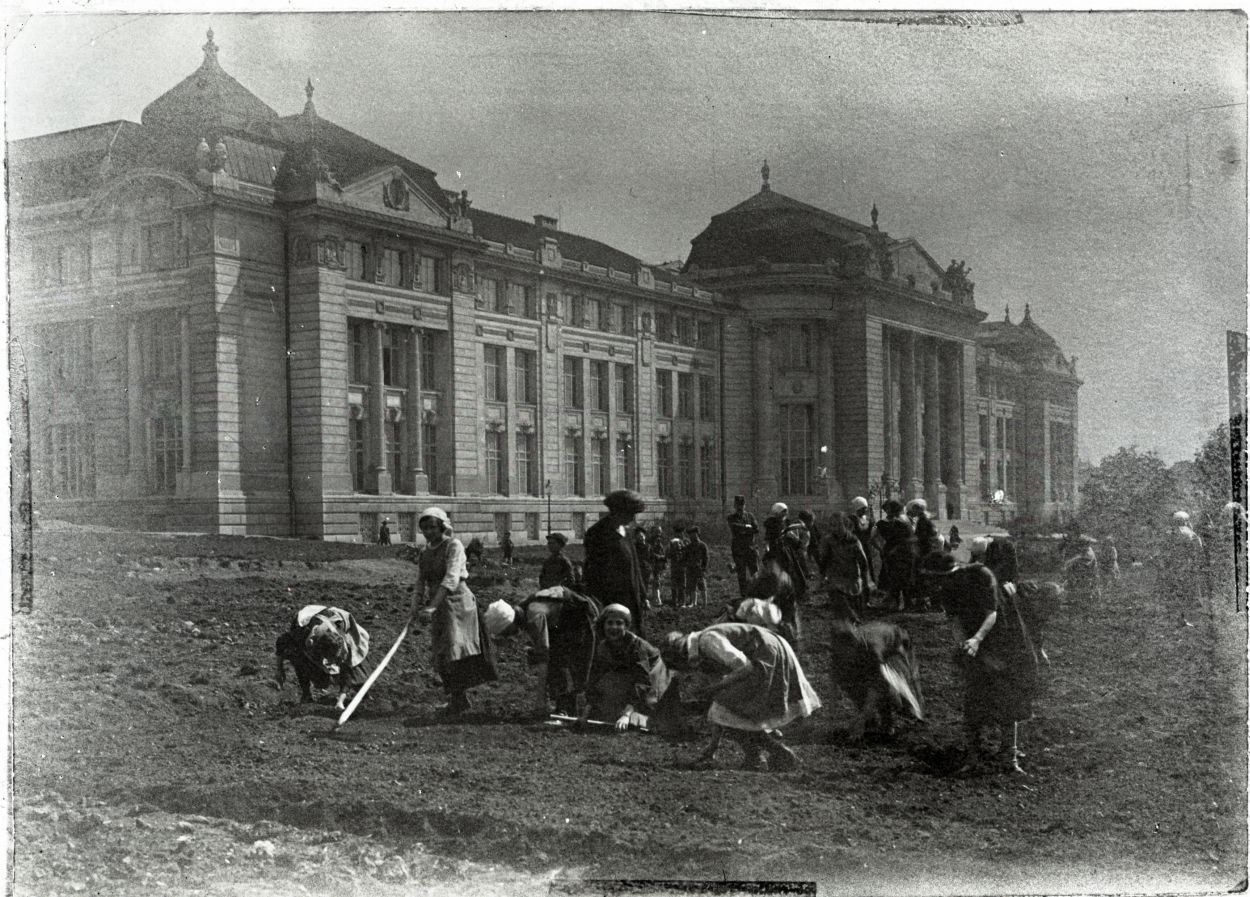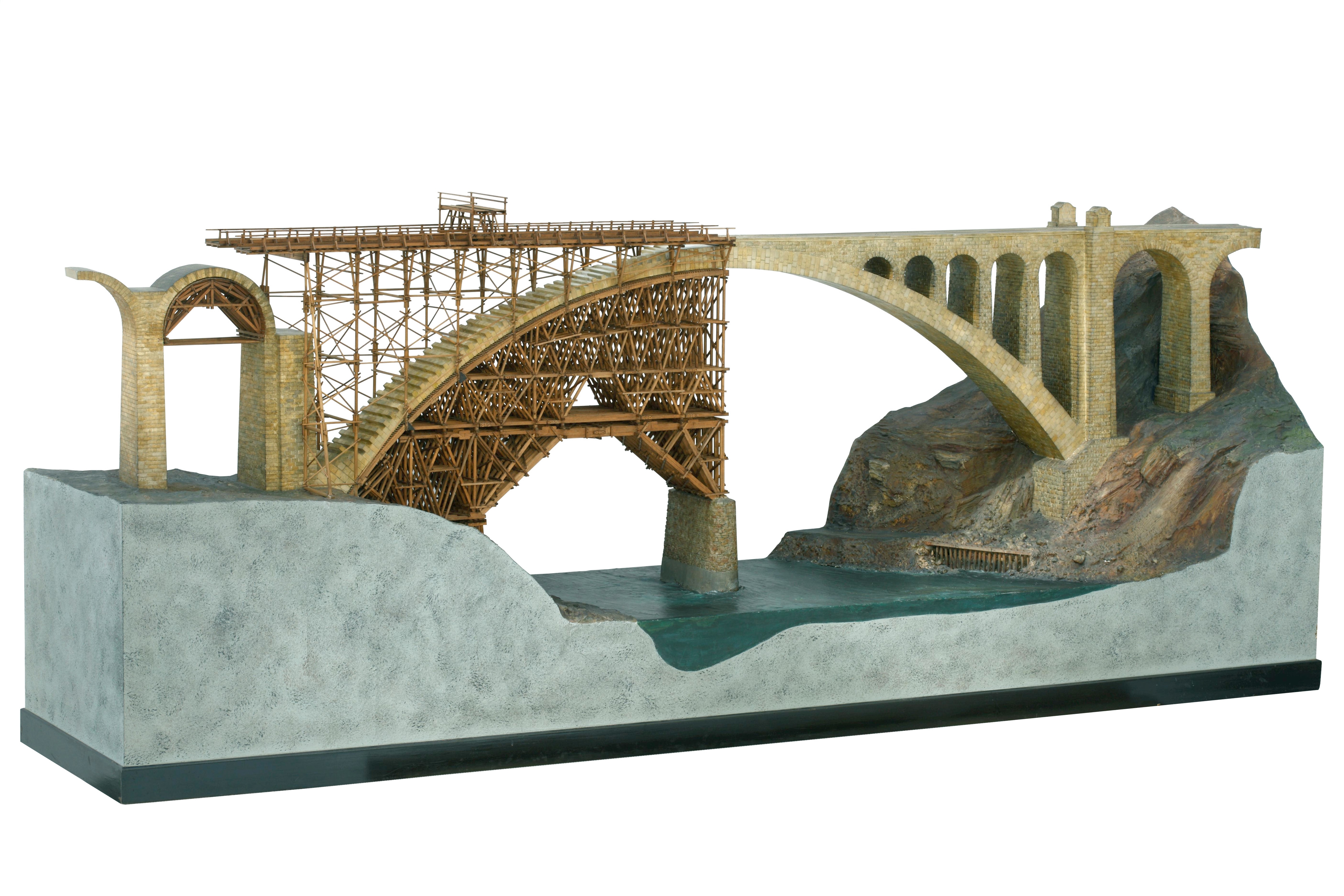An exhibition at Vienna Technical Museum (Technisches Museum Wien), entitled Under the watchwords of war and technology, will explore the impact of total war on the battlefront to the home front on Austria-Hungary.
It will be held from the 7th May 2014 – 3rd May 2015.
Total warfare has been selected as the theme for the exhibition as “the phenomenon emerged here for the first time [during the First World War] and underpins the fact that, crucially, the outcome of a war that was to be waged over many years would be decided not just by soldiers”.
The mobilisation of both civilians and the military, the Technical Museum says, resulted in “the exploitation of society for the purposes of warfare, to the point of complete collapse”.
Construction of the museum began in 1909 and was completed in 1918. Ludwig Erhard, the museum’s director at the time, was keen for the museum to be seen “under the watchwords of war and technology”.
The museum was “to fulfil it’s patriotic duty” and encourage the population to support the war effort.
 A potato harvest in front of the Vienna Technical Museum, courtesy: Technisches Museum Wien
A potato harvest in front of the Vienna Technical Museum, courtesy: Technisches Museum Wien
Exhibition
The theme-based exhibition will present the “fatal relationship between war and socity” in general, and also explore the role the Technical Museum itself played in the conflict.
It will be divided into seven sections or ‘stations’: Front, Supplies, Armaments, Homeland, Propaganda, Army Postal Service, and Telegraph.
Front
A piece of heavy ordnance will be on display, in order to symbolise the artillery and the “atrocities” of modern battlefields.
The development of massed artillery barrages, trench warfare, the use of poison gas and barbed wire.
Supplies
This station looks at the subject of transport during the First World War. The history of the Salcano railway bridge across the Isonzo river, the museum states “perfectly illustrates the absurdity of war”.
 A model of the Bridge over the Isonzo, copyright: Technisches Museum Wien
A model of the Bridge over the Isonzo, copyright: Technisches Museum Wien
Erected as a record-breaking structure in 1906, it was subsequently destroyed ten years later by its Austrian creators to hamper the enemy’s advance.
Armaments
The Armaments station refers to the armaments industry and its demand for raw materials.
 A wartime poster for a metal collection drive, copyright: Technisches Museum Wien
A wartime poster for a metal collection drive, copyright: Technisches Museum Wien
As the conflict progressed, it exacerbated the shortage of raw materials. This and official measures taken to combat shortages, such as the patriotic drive to collect metal for the war effort, will be explored at this station.
Propaganda
The influence of propaganda in everyday life in many ways. From the censorship of the press, to the utilisation of photography as well as cinematography – which was still in its infancy.
Music also played its part, whether it was soldiers marching in rank and file or to distract from the worries of everyday life. Various exhibitions and the replica of a trench in Vienna’s Prater were meant to strengthen the population’s resolve and their determination to prevail.
Homeland
The Homeland station focuses on the civilian population’s everyday life during the war.
 Prosthetic limb from the First World War, copyright: Technisches Museum Wien
Prosthetic limb from the First World War, copyright: Technisches Museum Wien
With the shortage of food and essential goods as acute as it was, people were forced to turn to substitutes. As the conflcit progressed, more soldiers returned injured and severly disabled. These aspects of the impact of the war will be considered at this station.
Army postal service
The army postal service helped to maintain contact – albeit censored – between the soldiers on the front and their relatives at home.
Censorship was carried out in order to protect senistive information, thwart espionage, as well as in order to not jeopardise the population’s support for the war. Besides the postal service, the telegraph and telephone were likewise censored.
Telegraph
The telephone, the telegraph and also the radio were used on the front for the first time. It meant that vast armies could be marshalled from a distance. The generals giving the orders to attack often had their command posts some distance from the front.
 The Aviatik-Berg – one of the famous warplanes from the First World War , copyright: Technisches Museum Wien
The Aviatik-Berg – one of the famous warplanes from the First World War , copyright: Technisches Museum Wien
Source: Vienna Technical Museum press release
Images courtesy of the Vienna Technical Museum
Posted by: Daniel Barry, Centenary News